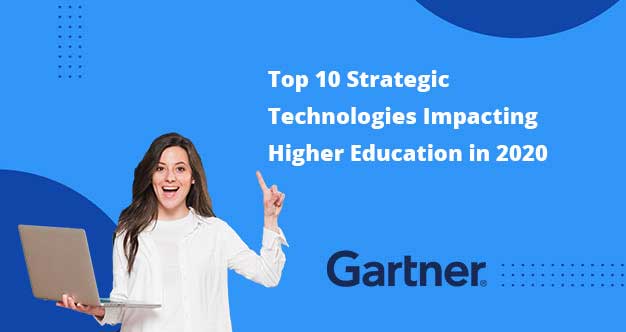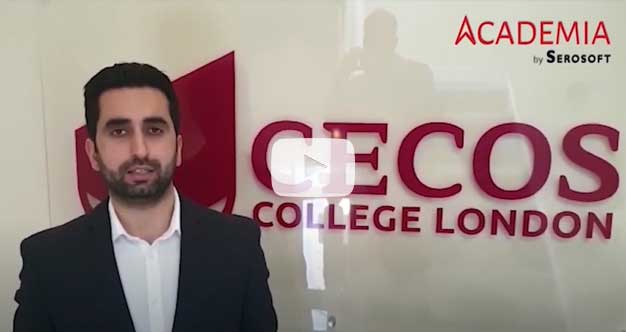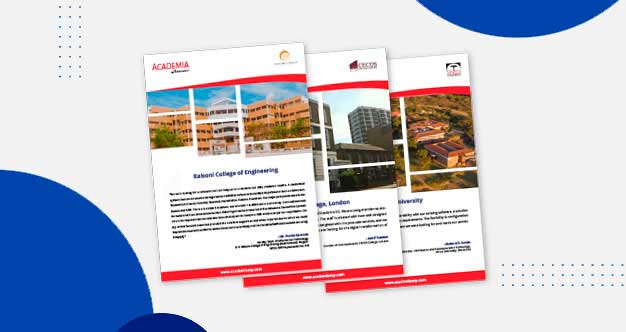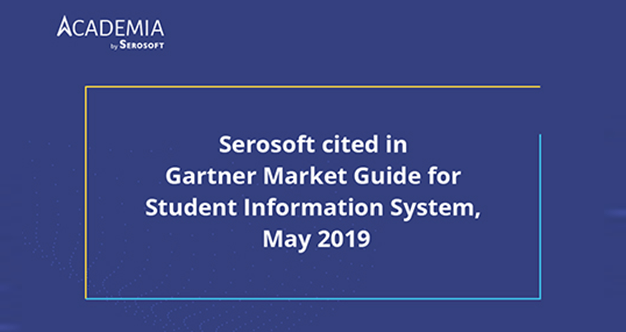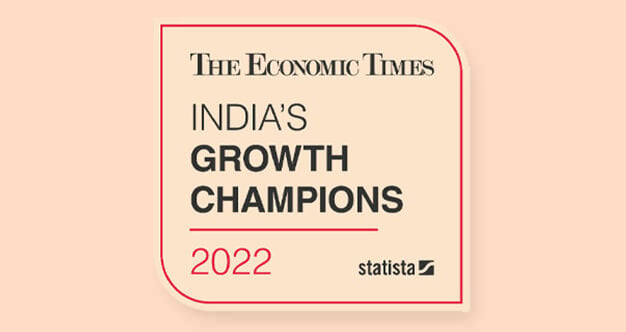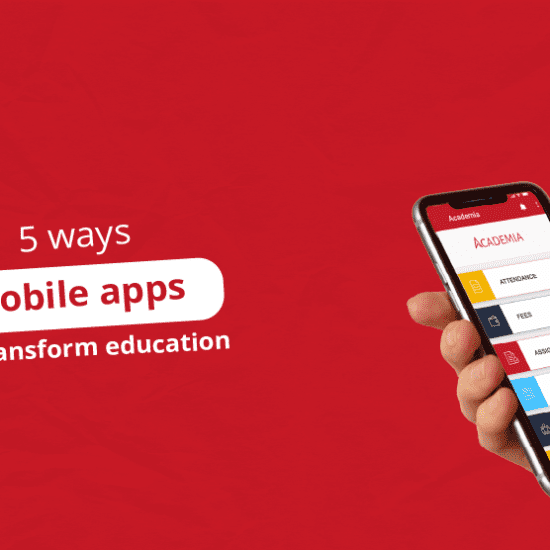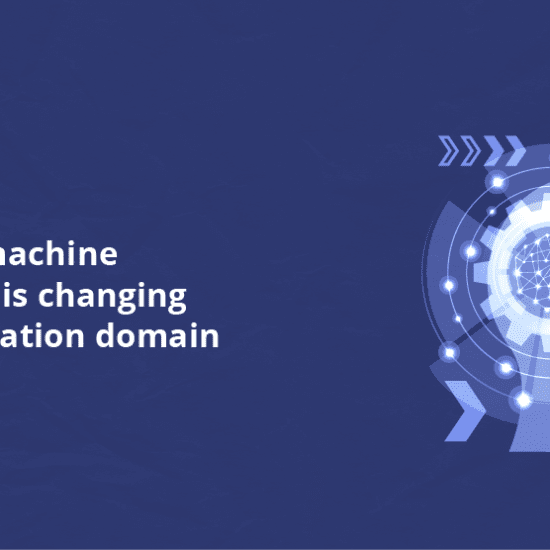Student Lifecycle Management: AI-driven Solutions
Students being one of the biggest stakeholders in the education ecosystem, management has no choice but to make strategic decisions around them for higher retention and revenue.
However, when we say strategic decisions one of the biggest challenges faced by the decision-makers is that of having a strong base on which they create these strategies and procedures that help them achieve organizational goals. The opacity in the system is highly dreaded by the decision-makers and until now they had no choice but to wait and watch how their strategies are unfolding.
Giving some skeleton to the entire process the student lifecycle emerged. It is a stage-wise procedure wherein an applicant undergoes to become a student and then an alumnus/ alumna of the institute. This stage-wise division of the cycle allows decision-makers to make specific strategies to optimize each stage and meet their organizational goals as a whole.
As technology becomes an active participant in the education industry, student lifecycle management falls on its agenda to revamp it and build a more sustainable model for education organizations. In this blog, we would be discussing the role of artificial intelligence in student lifecycle management.
Student lifecycle management in higher education
The student lifecycle management for higher education becomes direr. Not varying too much, the lifecycle in school and higher education is almost the same. However, retaining students in the higher education ecosystem is difficult. You have to ensure an effective learning environment for engaging students. Also, until now there has been a very wide gap between skill development and academic curriculum.
Today, institutes around the world are focusing on making students industry-ready. However, strategies and resource planning for achieving this are still in the natal stage for many third-world countries. Giving birth to higher dropout rates and more focus on improving student lifecycle, implementing new education policies, increasing resource planning, and others to battle it.
Technical Challenges in Student Lifecycle Management
Although technology is seen as a messiah of the education industry, the tech adaption is widely fragmented. Higher education institutes still lack the infrastructure to properly implement modern technologies and achieve their business goals. Furthermore, these challenges again make them lose focus on the student lifecycle and management.
They don’t have a well-defined approach to reaching the root cause of the problems and implementing the technology where it is most needed. Rather they are bewildered by the fancy tech words where their distorted approach bears no responsibility to shoulder their burdens in the modern education ecosystem.
Role of AI in improvising Student Lifecycle Management
Artificial Intelligence is a buzzword in the education industry. But not many institutes are successfully implementing it to meet their challenges and needs.
Artificial intelligence is a tool that allows you to crunch large sums of data to develop intelligence that provides useful insights about your education organization. Using artificial intelligence at various levels of the student lifecycle can help you in the following ways.
1. Applicant stage
It is no news that the dropout rates are very high between the applicant and student stages. The competition can be blamed but there are also some managerial errors and strategic flaws that can help you improve your gains in this stage. Also, nurturing the leads is very important. Modern channels such as social media and increased mobility in the market can help you dominate the competition.
An AI-driven CRM solution for your institutes would thus help you in managing your communication with prospective students better. It would allow you to see how many times the students have reached out to you for what courses, and how you have resolved their queries to meet their needs. It is a great tool to engage the applicants and nurture the lead for a higher conversion rate.
- Campaign development, management, monitoring
- Trend analysis
- Performance analysis
- Business Intelligence and Competitive Intelligence
- Crucial metrics such as website visits, information requests, followups, campus visits, etc.
2. Admission Stage
Once the application is submitted it is time to put your efforts towards converting them into students. One of the best ways to do it is by improving your communication with the applicant. You can start by identifying the communication gaps. Here are some cues:
- Application submission and payment confirmation
- Document review emails
- Real-time updates to students about their application
- Communicating approvals and rejection
To meet these needs Academia ERP can help you in the following way:
- Applicant portal
- Multi-channel communication
- Application Manager
- Workflow automation
- Realtime updates
- In-built notification system
- Application status management
3. Student Stage
Apart from LMS, you can take digitalization a step ahead at your institute with various tools. For example, you can improve communication between students and teachers through mobile apps. You can implement assessment tools and incorporate AI to develop reports on student performance, attendance, achievements, participation in extra-curricular activities, and more.
Student scheduling and classroom management is another aspect of student lifecycle management that can be automated and optimized. For this, you can begin by using scheduling tools that allow you to generate more transparency in the system. From special events to assessment and other resource allocations you can improve communication between the student and the institute without burdening your human resources.
The use of artificial intelligence in chatbots and app assistants is also very prominent. It helps you increase user experience and allow them to get quick resolve for their queries.
4. Alumni Stage
Alumni are great brand loyalists and brand advocates of your institute. Education organizations need to keep a good relationship with alumni as they would further help in the growth of the organization. You must effectively engage them and stay connected.
Many organizations do not manage their relationships with the alumnus and as a result, they miss out on a great opportunity to display good past students to promote their reputation. Academia Student Information System allows you to manage data related to alumni in one place from where you can manage communication well. Regular upkeep of the database and regular modifications allow you to update the data and infuse artificial intelligence with it to improve your communication strategies. This helps you target new ways of communication to build better alumni relationships.
Way forward
Artificial intelligence is one of the most sought-after technologies today, however, many education institutes struggle to implement the technology with the right components to reap maximum benefits from it.
For that to not happen with you, connect with our technology experts to understand how AI can be used to bring to your work processes and how to best utilize the ERP student information system for best data management and utilization.
 Higher Ed Plans
Higher Ed Plans K12 Plans
K12 Plans
